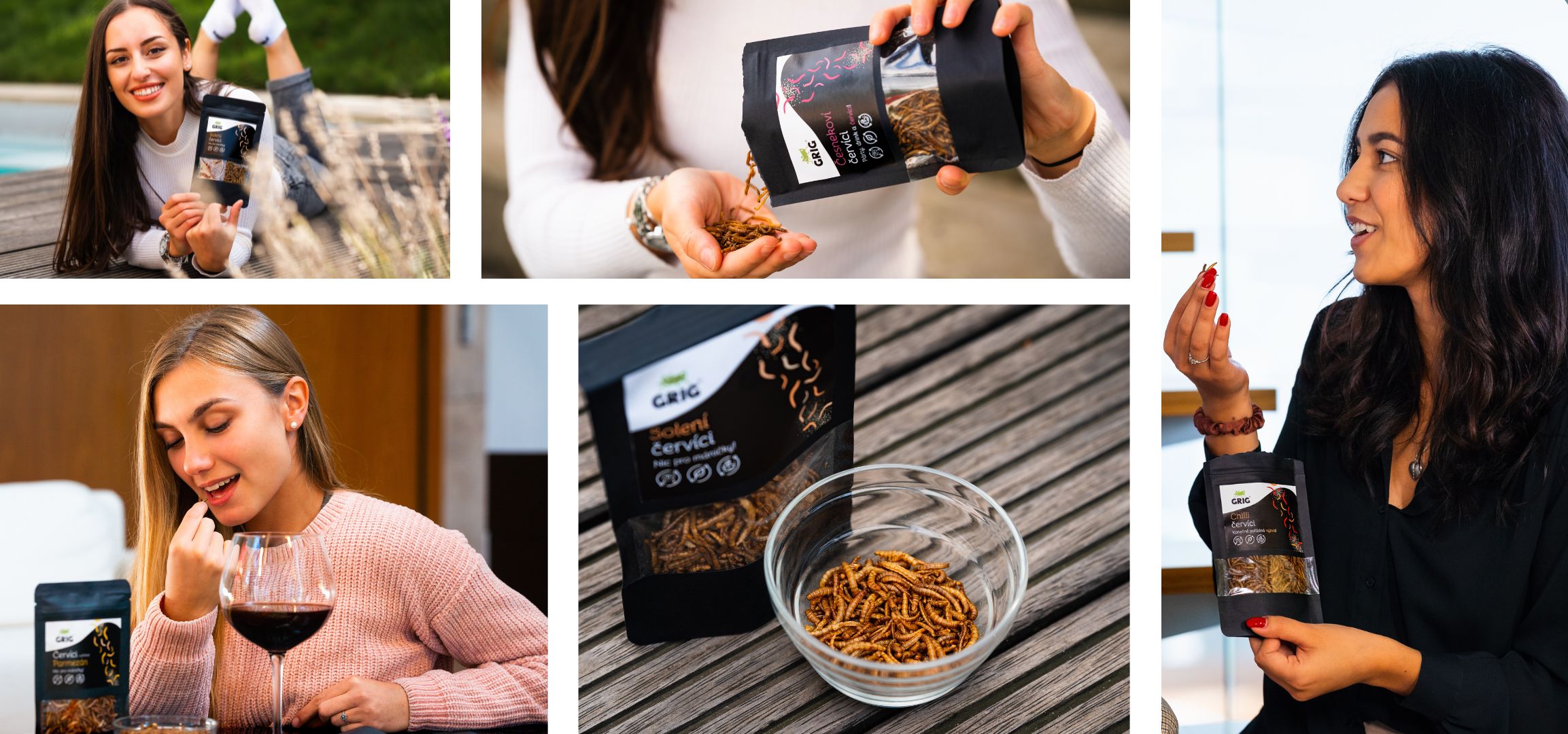Today we take a look at the interesting world of dried insects and how they are made. Dried insects have become increasingly popular in recent years, both as a snack and as an ingredient in various dishes. But have you ever wondered how dried insects are made? This article will give you an insight into the process of making dried insects, including harvesting and processing methods.
Why dried insects?
Dried insects are rich in nutrients, especially protein, vitamins and minerals. It is also environmentally friendly as its production has a lower environmental impact than meat production.
Methods of collecting insects
There are several methods of collecting insects for drying, depending on the species and intended use. Some insects are kept on farms specifically for this purpose, others are collected in the wild. In some cultures, collectors collect insects by hand, while in others traps and nets are used.
Common collection methods include:
- Manual collection: this method is the simplest and cheapest, but also the least effective. Insects are collected by hand from trees, bushes, leaves or the ground.
- Traps: Traps can be simple, such as sticky strips, or more complex, such as light traps.
- Breeding in a controlled environment: Insects are kept in artificial conditions such as special tanks or cages. This method is the most efficient and best for mass production of dried insects.
Insect processing
Once the insects have been collected, they need to be processed before drying. The method of processing depends on the type and intended use of the dried insects.
Common processing methods include:
- Cleaning: Insects are often covered with dirt, debris and other contaminants that need to be removed before processing. This is usually done by washing or brushing the insect.
- Blanching: Blanching involves immersing the insect in boiling water for a short time to destroy bacteria and other micro-organisms. This makes the insect easier to peel and may improve its taste.
- Peeling: Some insects, such as crickets and grasshoppers, have an exoskeleton that needs to be removed before drying. This is usually done by hand, although some processing plants use machinery for larger quantities.
Drying methods
After processing, the insects need to be dried to remove any remaining moisture. There are several methods of drying insects, each with its own advantages and disadvantages.
Common drying methods include:
- Sun drying: This is the most traditional method of drying insects and involves spreading them out in the sun on a flat surface. However, it is also the most time-consuming method and requires a lot of space and favourable weather conditions.
- Oven drying: Oven drying involves placing the insects in an oven at a low temperature for several hours. This method is faster than sun drying and can be done in smaller spaces, but requires more energy and may affect the taste and texture of the insects.
- Freeze-drying: In freeze-drying, the insects are frozen and then placed in a vacuum chamber where the moisture is removed. This method preserves the flavour and texture of the insects and is often used for high-value products, but is also the most expensive and requires specialised equipment.
- Drying with a dryer: The insects are dried in a special dryer that maintains a constant temperature and humidity. This method is the fastest and most efficient.
Adding seasonings and spices
Dried insects can be flavoured with various ingredients such as salt, pepper, garlic, chilli or herbs. This improves the taste of the insects and increases their appeal to consumers.
Packaging and storage of dried insects
After drying and flavouring, the insects are packed in airtight containers. It is important that the insects are stored in a cool, dry environment to prevent spoilage and mould.
Quality control and safety
The quality and safety of dried insects is important to the consumer. Manufacturers must adhere to strict hygiene standards and carry out regular inspections to ensure that their products are safe and free from harmful substances or pathogens.
Legislation and certification
The production and sale of dried insects must comply with local laws and regulations. In some countries, certification may also be required to ensure that the product meets certain quality and safety standards.
Dried insects are considered a sustainable alternative to traditional protein sources such as meat or fish. Its popularity is growing as more and more people become aware of its nutritional value and environmental benefits.


